How Should I Take These Medications Again?
You just left the Doctor’s office and got a prescription of medication, sometimes multiple medications.
The problem is that you have no idea what they’re for or even how you need to take them.
In fact, you may not even be convinced that you need them in the first place. They do cost a lot of money.
Some people simply follow the Doctor’s orders. Others have not understood the directions and pray they know enough to take the medications without making a mistake. And others would simply ignore the Doctor’s orders and not take the medication as directed or at all.
So what do you do when you have no idea what you’re supposed to do?
Just Ask
A man came into the office the other day with a plastic bag full of medication bottles and simply asked.
The amount of resolve he had to understand how to take his medications correctly was absolutely admirable.
People are often intimidated by the Doctor and/or do not want to appear like they did not understand the Doctor’s instructions.
Simply put, most people do not want to disappoint their Doctor.
The problem is that Doctors prescribe medications. And medications come with side effects. Therefore medications can be dangerous if not taken as directed by the physician. And not taking the medication can be dangerous to your health too. After all, the Doctor prescribed them for a reason.
So with potentially dangerous medications, we must be able to make sure that patients know exactly how to take them and what side effects to look out for.
The man with the giant bag of medications is not alone. In that bag, he had several bottles of the same medication.
He was under the false impression that he needed to take 1 tablet from each bottle. On the surface, this sounds reasonable. Until I realized that three of the bottles were the exact same medication. The same can be said with another two bottles of medication.
He would have doubled and tripled his intake of medication which could have potentially led to disastrous consequences.
Ideally, a patient would not receive another bottle of medication prior to finishing the bottle they currently have. However the system does not always work so efficiently. This leads to the potential risk of taking too much medication without the supervision of the Doctor.
Too much blood pressure medication will bring your pressure so low that you could pass out and starve your brain and other essential organs of oxygen. All that extra medication could put a strain on your liver and kidneys as they work to neutralize and eliminate the excess medication from your body.
So we need to know what to ask about.
What to ask about
How often do I take this?
Medications have side effects. Therefore you don’t want to take too much.
Conversely, you need to take the medication prescribed by your Doctor. So you don’t want to take too little or none at all.
Some medications are taken just once a day. Some are taken twice a day. Some are three times a day.
That sounds simple enough by itself. But what if you only take 1/2 a tablet per day? Or 2 tablets twice a day? How about one capsule per week? What if you need to inject something through the skin? How many times do you inject? How much?
To confuse things even further, people usually have more than one medication. And each medication has its own set of instructions.
We need to have a strong understanding of how often to take a particular medication and how many.
How do I take this medication?
Medications can be taken into the body by several paths.
It is up to us to make sure we know how to take the medication.
By Mouth
The most common way is by the mouth. Tablets and capsules are designed to be taken by mouth.
The medication bottle will often say something like, “Take 1 tablet per day BY MOUTH”. If there are questions about the way to take the medication, clarify it with your Doctor so you know exactly how to take the medication.
Sublingual
Some medications are best used by placing them under the tongue.
These medications are designed to dissolve under the tongue and reach the blood stream quicker.
For example, the medication known as nitroglycerin is often placed under the tongue to decrease blood pressure. Sometimes this is necessary to be done quickly such as in the setting of a possible heart attack.
So if you have chest pain, and especially in combination with shortness of breath, seek medical attention immediately and ensure that you know how to use the necessary medication.
By Injection
Some medications are taken by injection through the skin.
People with diabetes and depend on insulin injections must inject medication frequently through their skin.
In this setting, the instructions can be more confusing. Because the amount of medication to take almost seems ambiguous.
It’s a lot easier to know how much to take when you can actually SEE how much you are taking such as a tablet or capsule.
But things can get confusing if the medication is largely unseen. Using devices, injectors, needles, etc is all the more confusing especially for first time users.
You must also know where the appropriate places on the body are to perform the injection.
So you need to understand 4 things now:
- How much medicine to take?
- How often to take it?
- How to use the devices you are provided with?
- Where to inject the medication on your body?
Practice makes perfect. So when you clarify these questions, be sure to have the physician and/or nurse show you how to do it properly. Then practice with their supervision so that you can remember how to do it at home.
By Inhalation
Some medications require they be inhaled to work well.
This makes sense if the medication is meant to work in the passages of the lungs.
People who have asthma, emphysema, chronic obstructive lung disease (COPD) may use inhalers in order to breathe medication directly into their lungs where the greatest impact is necessary.
But just like injectable medications, inhalers come with devices that are needed to administer the medication effectively. Not only that, you must know how to take a breath to get the full dose of medication into the lungs.
So the things to clarify with the Doctor include:
- Is the medication taken every day? Or only when needed?
- How many puffs per day?
- How do I put the canister inside the device?
- Are there other attachments to help deliver the medication? How do those fit?
- How do I release the medication?
Again, practice makes perfect. Be sure to have it demonstrated to you in the office so you know how to use it well at home.
By Nasal Route
Medications sometimes need to be sprayed into the nasal passages. In other words, they need to have their effect in the nose itself.
These are most commonly allergy medications. Or even medications for a dry nose.
They often come in bottles that allow you to spray the medication directly into each nostril.
They can often be found over the counter. Which is lingo for the fact that you can but this in any pharmacy from the shelf without a prescription.
So with this easy access, sometimes there is no one to direct you on how to take the medication except for the directions on the back of the bottle or box.
If there is still confusion after reading the instructions, you can always ask the pharmacist since they are steps away. You may also ask your Doctor to ensure you understand the instructions and how to use the medication.
By Ophthalmic Route
Better known as eye drops.
Eye drops can be used for a variety of reasons.
You can pick up saline drops over the counter if your eyes are dry.
However if you have been diagnosed with something more serious like glaucoma (increased pressure inside the eyeball which can lead to blindness if your medication is not taken as prescribed), then you’ll have to speak with your physician to ensure you are taking the medication correctly.
Apply to Skin
These are creams, gels, or ointments. Sometimes even shampoos for your hair.
Again, the directions can be confusing. For example, does anyone know what 1 gram of cream looks like?
What does it mean when the directions say to apply a “thin layer”? Or a “thick layer”?
These directions seem a bit subjective and kind of left up to interpretation.
In many cases, it does not seem absolutely necessary to know exactly how much to use. In other cases, using too much can cause irreversible effects on the skin. For example, cortisone is a steroid cream that can cause the skin to thin out if used in excess.
So with regards to topical medications, ask questions related to:
- Side effects
- How much to use exactly
- How often to use it
- When should you stop using the medication
By rectum
Yes, there are medications that must be inserted through the rectum.
It’s not comfortable to think about. And likely less comfortable to actually have it done.
So if the Doctor prescribes a certain medication, you want to be absolutely certain how to use it as directed.
The key word is “DIRECTED”. You need the proper direction to know how to take the medication.
It may be difficult to demonstrate this one. But at least you can talk with your Doctor to clarify as much as possible.
Establish a system
With one or more medications, things can be easily confused.
That’s why pill boxes were invented.
They are a great way to keep track of what to take on any given day.
This works great if you only have to take 1 per day. But what about medications that must be taken twice or even three times per day? Or how about medications that you need to take 2 tablets twice a day? The pill boxes do not always accommodate these variations.
One solution could be to have 2 or 3 pill boxes. One for the morning medications. One for midday medications. One for evening medications.
This way you fill each box with the appropriate medication for the day and you take whatever is in the box for that day and if it’s morning, noon, or night.
The point is to create a system that works well for you. And a system that works well for you is the one that:
- Helps you remember to take medications on time, and
- Helps you keep track of whether or not you have taken that medication already.
If you find that you need help tracking medication, or you find that you cannot seem to remember, or that taking so many medications is difficult to keep track of, speak with your Doctor. Your Doctor will work with you to simplify the medication regimen as much as possible to make sure you have an easier time taking them and maintaining your health.
Conclusion
There are more ways to take a medication than there are senses of the body.
Take the time to dissect the instructions on the bottle. These instructions come directly from the Doctor, not the pharmacist.
So speak with your Doctor to understand:
- Why are you being prescribed the medication in the first place?
- How to take the medication?
- How much to take?
- How often to take it?
- When to take it?
- Possible side effects to look out for?
- When to stop taking the medication?
These questions will help clarify many issues surrounding medication usage and help you understand how to use them in a safe way to improve your health.
Then establish your system to make sure you take everything as directed by your Doctor.
After all, the goal of your Doctor and yourself is to bring you to a state of health and improve your life.

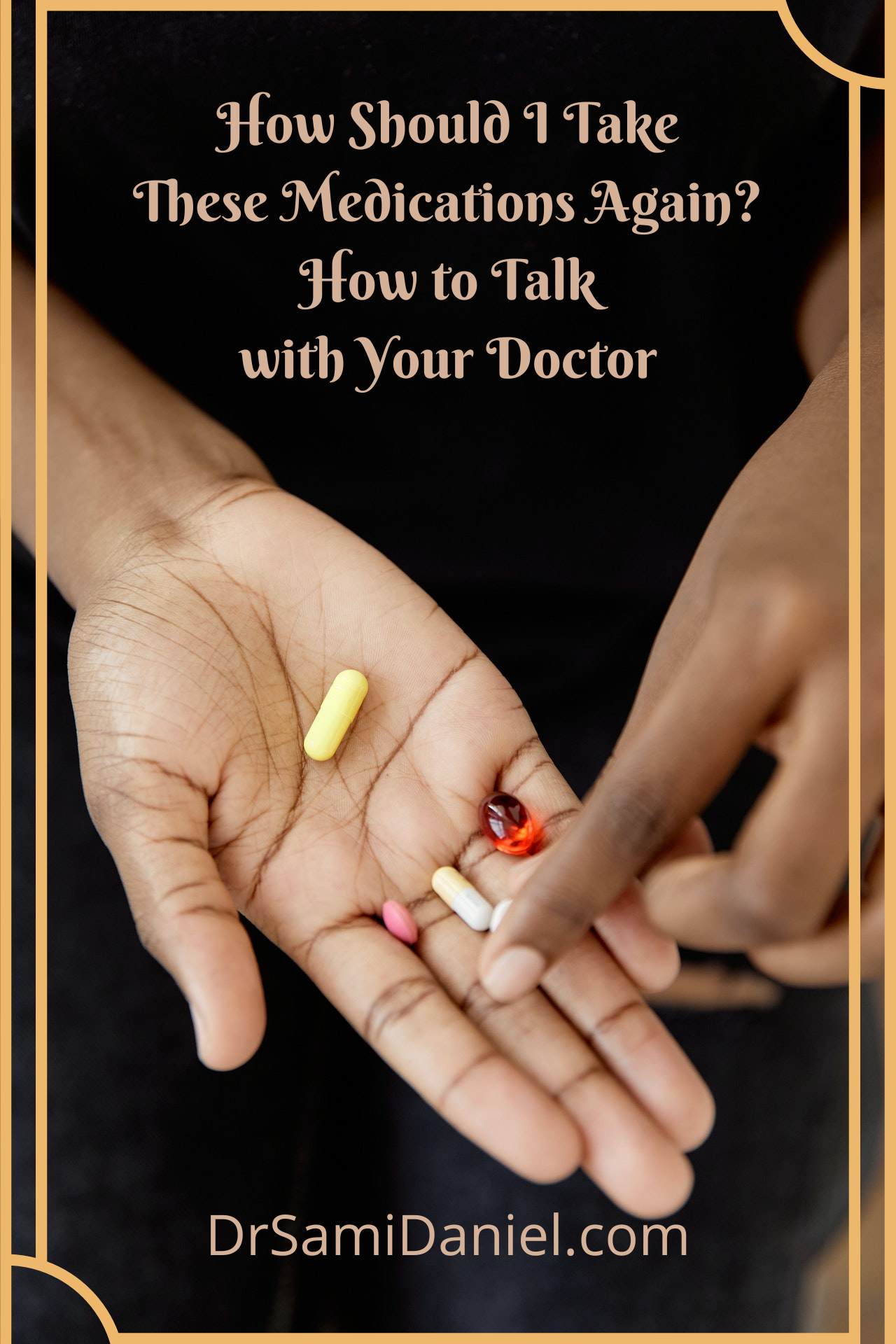


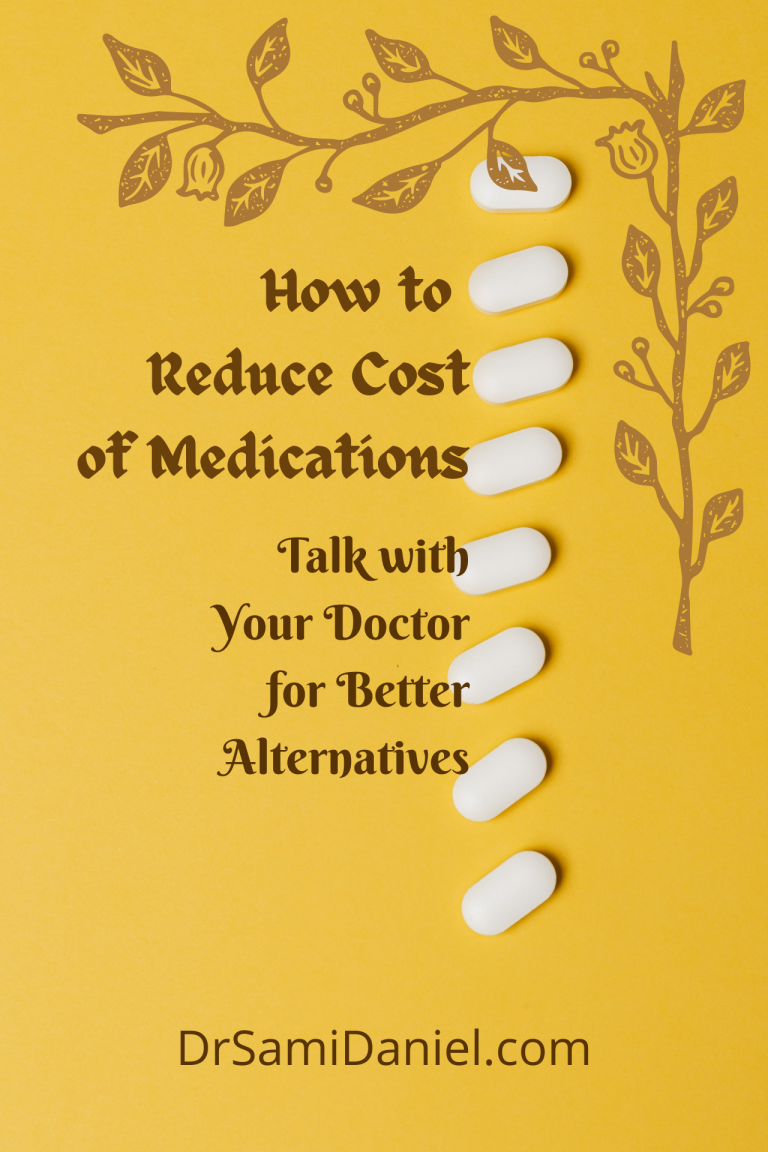
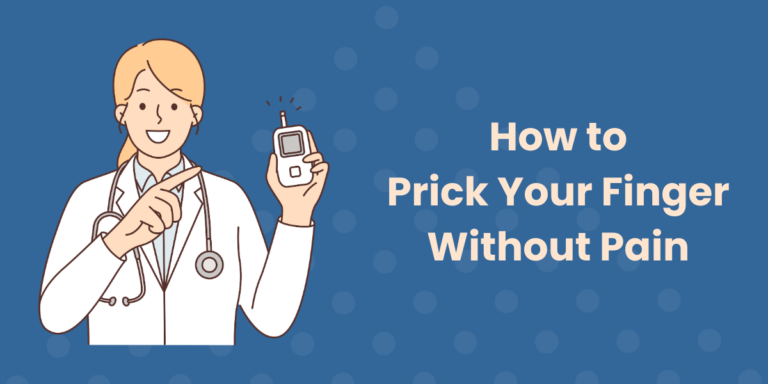
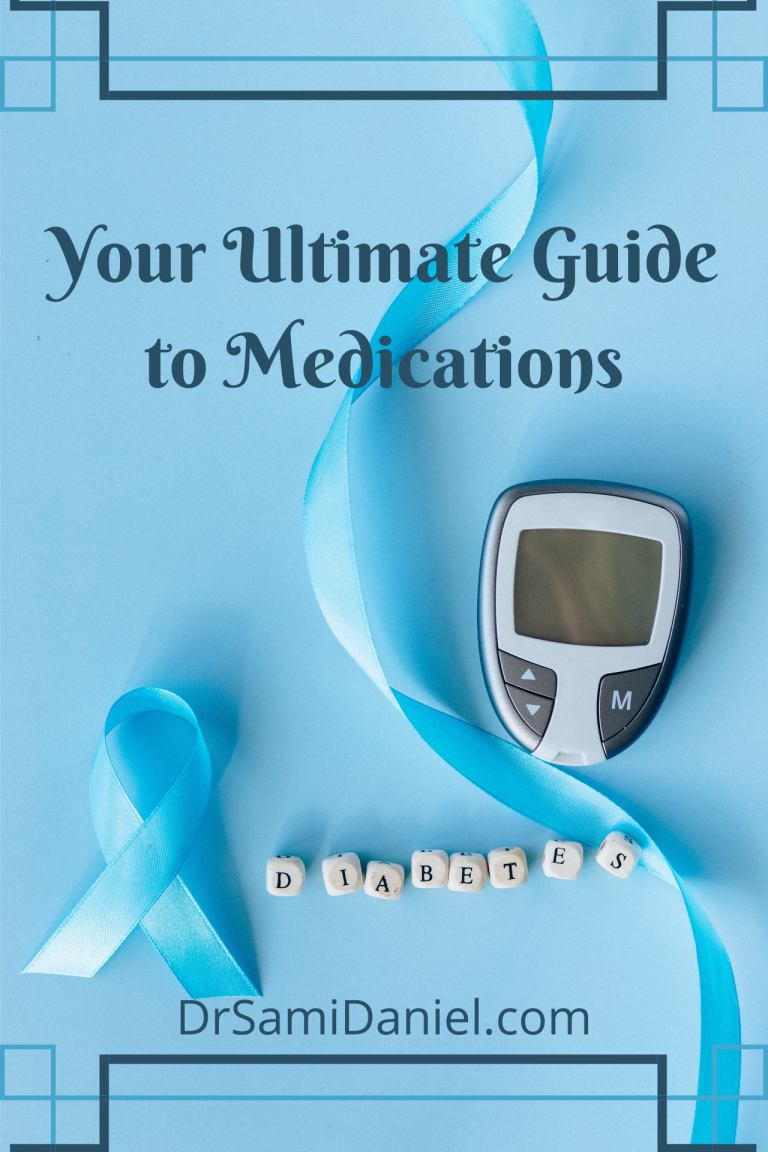
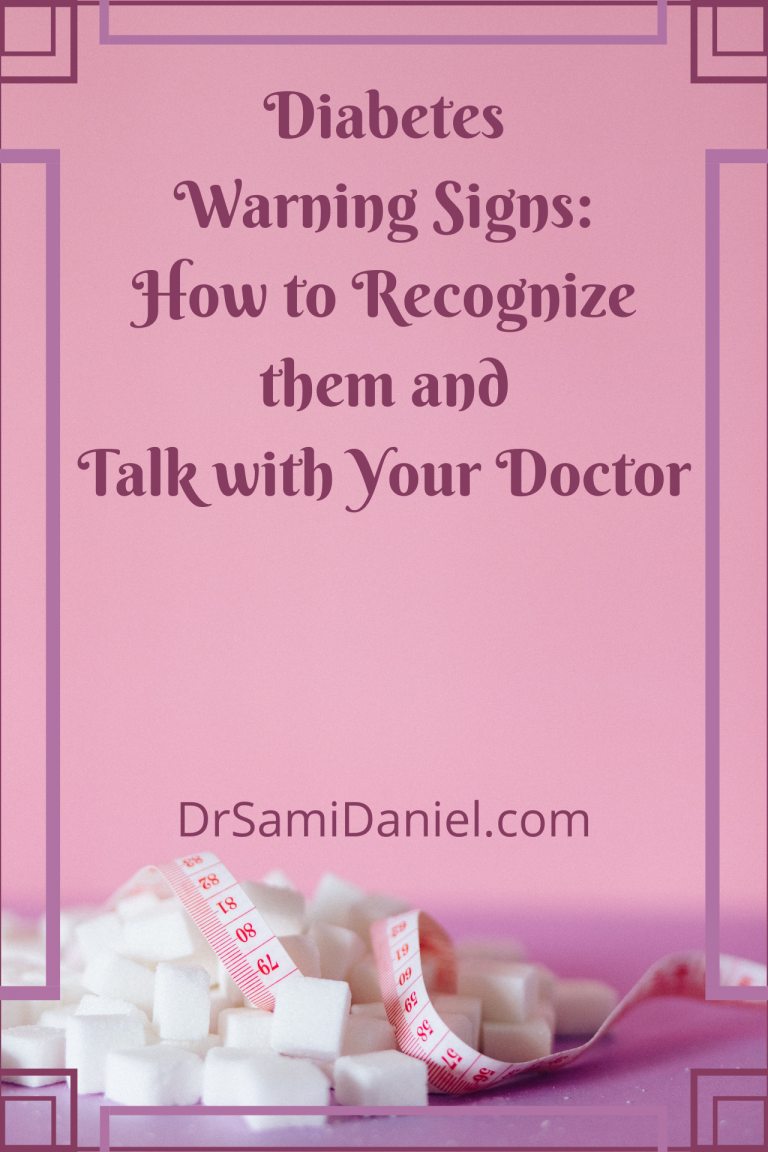
One Comment